Who are Mormons and why are there so many myths about them (6 photos)
Many people in the modern world have heard of Mormons, but their image is often based on stereotypes. For some, they're missionaries in formal suits with books tucked under their arms; for others, they're associated with polygamy; and still others perceive them as a closed sect. In fact, Mormonism is one of the largest religious organizations, whose history began in the United States less than two hundred years ago. 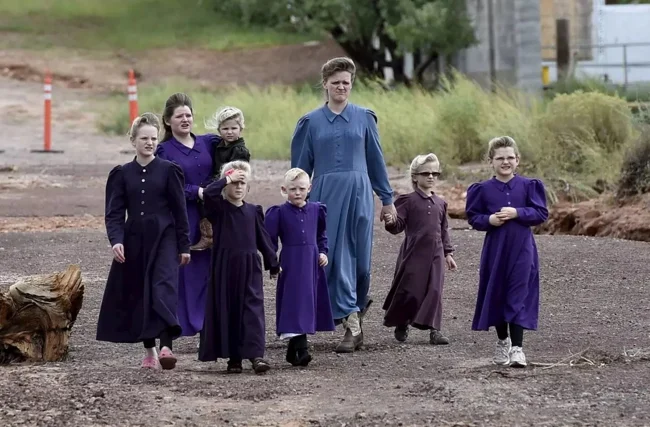
How the Movement Began 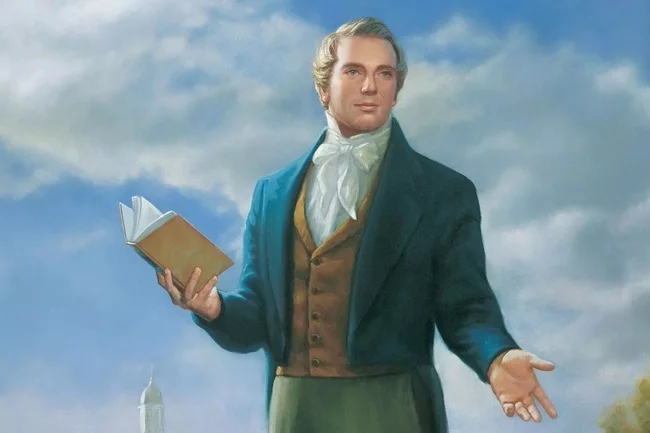
The founder of the Mormon Church is considered to be Joseph Smith, a young man from New York State. In the 1820s, he announced that he had received a special revelation. According to him, a heavenly messenger gave him access to golden plates with ancient writings. Smith translated these texts and published them under the title "The Book of Mormon." From this moment, the new faith began to exist, and in 1830, The Church of Jesus Christ of Latter-day Saints was officially founded.
First Trials and Relocation
From the very beginning, the community faced strong resistance. The new faith provoked misunderstanding and hostility from both the church and ordinary residents. Mormons were attacked, and their settlements were destroyed. Joseph Smith himself was killed by a mob in 1844.
After this, followers elected a new leader, Brigham Young. Under his leadership, thousands of Mormons moved west and settled in the Utah desert. There, Salt Lake City grew up, becoming the main center of the church.
Functional Features of the Faith 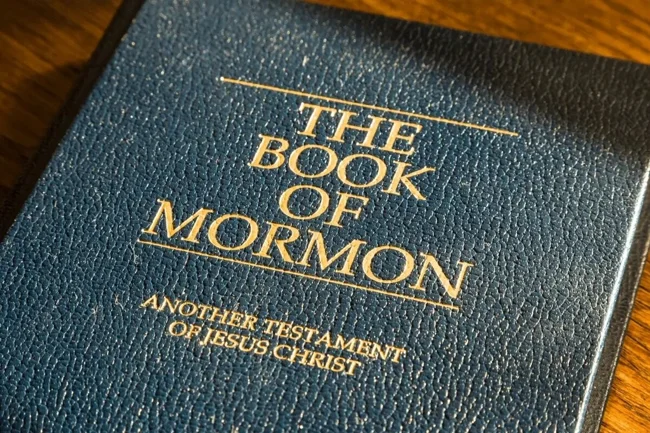
Mormons consider themselves Christians, but their doctrine has distinctive features. They acknowledge the Bible, but also use the Book of Mormon and other texts, which they believe reveal new truths. A key belief is that God continues to reveal His will to people through modern-day prophets.
Mormons adhere to strict moral rules. They forbid alcohol, tobacco, and even coffee and tea. Family is considered the most important value, and marriage is considered sacred. Services are held in parish houses, but the main rites are performed in special temples, accessible only to members of the congregation.
The Topic of Polygamy 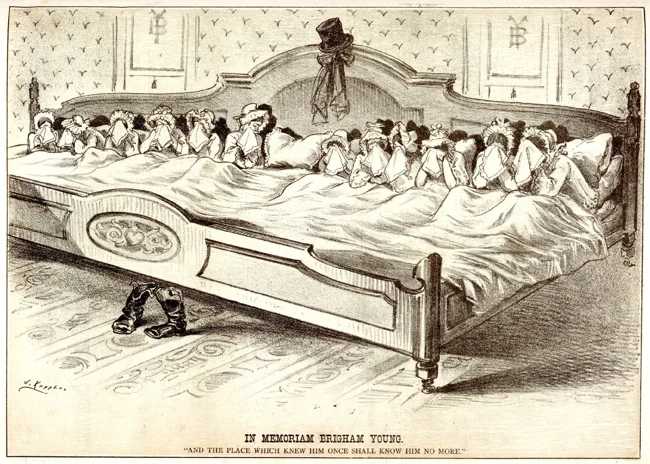
It was polygamy that made Mormons famous worldwide. In the 19th century, many of their leaders actually had multiple wives. This was explained by references to biblical patriarchs and was considered part of divine revelation.
However, at the end of the 19th century, the church officially abandoned this practice to maintain its legal status in the United States. Today, polygamy is prohibited in the official congregation, and its practice can lead to excommunication. Meanwhile, small fundamentalist groups continue to preserve the old tradition, fueling the myth of "polygamist Mormons."
Missionaries and Global Expansion 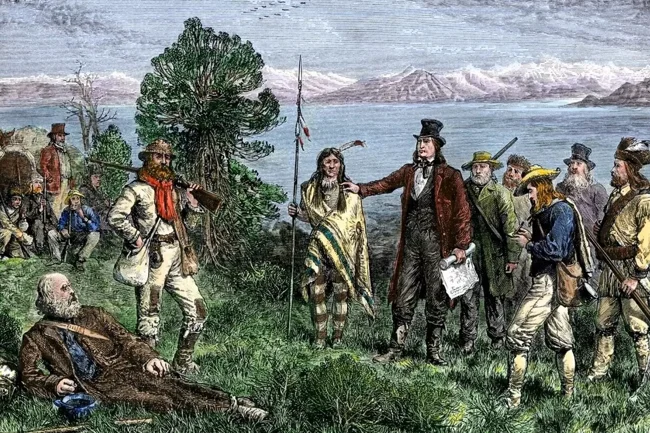
A distinctive feature of Mormons is their missionary activity. Young men and women around the world go on two-year missions to share their faith. Thanks to this, the church has grown to enormous proportions: today, it has over 17 million adherents and operates on every continent.
Influence in the Modern World 
Besides religious life, Mormons actively develop educational and charitable projects. The church operates universities and medical institutions, and participates in humanitarian programs. Salt Lake City is home to the world's largest genealogical archive, created by Mormons for family tree research.
Conclusion
The history of Mormonism is a journey from a small American community to a powerful international church. Their image is still surrounded by myth, but the reality is far more complex: Mormons have managed to combine faith, strict discipline, and active social activism to create a unique community that continues to grow and influence the world.






















